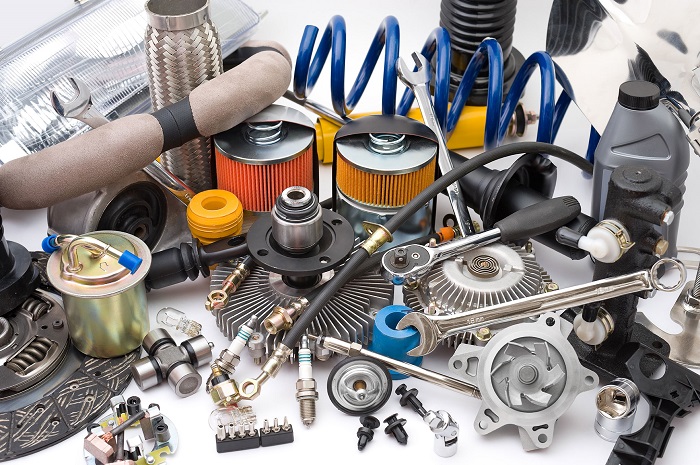In the realm of automotive maintenance and customization, the debate between Original Equipment Manufacturer (OEM) parts and aftermarket components is as old as the industry itself. Experts from OnlyDrive, a leading online auto parts store, weigh in on this debate, offering insights and guiding consumers through the maze of choices available in today’s market.
Understanding OEM Parts
OEM parts are components manufactured by the original vehicle producer or under their license. These parts are identical to those used in assembling the vehicle at the factory. According to OnlyDrive’s chief mechanic, John Doe, “OEM parts guarantee a perfect fit and function because they are made by the same manufacturer as the car. This assures compatibility and reliability, which is vital for vehicle safety and performance.”
The Allure of Aftermarket Parts
On the flip side, aftermarket parts are produced by companies other than the vehicle’s original manufacturer. These components often provide a more extensive range of options, both in terms of functionality and price. Jane Smith, an aftermarket specialist at OnlyDrive, notes, “Aftermarket parts can be less expensive and more accessible. In some cases, they even offer improved performance or aesthetics over OEM parts.”
Quality and Warranty Considerations
One of the key concerns for consumers is the quality and warranty of the parts they choose. OEM parts typically come with a warranty and are known for their high-quality standards, as they must meet the manufacturer’s specifications. However, many aftermarket parts also offer warranties and can be of equal or superior quality to OEM parts. “It’s a misconception that aftermarket parts are inherently lower quality,” says Smith. “Many aftermarket manufacturers specialize in certain parts, offering expertise that sometimes surpasses original manufacturers.”
Cost Factor
Cost is a significant factor in this debate. OEM parts tend to be more expensive due to their brand association and the assurance of being exactly like the original parts. Aftermarket
parts, however, are generally more cost-effective, providing a more affordable solution for car owners. “While OEM parts come with the peace of mind of brand assurance, aftermarket parts can be much more budget-friendly, and in many cases, they perform just as well or even better,” explains Doe.
Impact on Vehicle Resale Value
When considering resale value, using OEM parts can be more advantageous. Vehicles maintained with OEM parts are often perceived as better cared for and more authentic, thereby potentially retaining a higher resale value. “For those considering selling their vehicle in the future, sticking with OEM parts could be a wise decision,” advises Doe.
Expert Recommendations
OnlyDrive’s team recommends a balanced approach. For critical components related to safety and performance, OEM parts might be the safer bet. However, for cosmetic changes or non-essential upgrades, aftermarket parts can provide cost-effective and diverse options.
“Each car owner’s situation is unique, and the choice between OEM and aftermarket parts should be based on individual needs, budget, and the type of vehicle,” summarizes Smith.
Conclusion
The debate between OEM and aftermarket parts isn’t about a clear winner but understanding what each option offers. It’s about making informed choices based on individual needs and preferences. As the experts at OnlyDrive suggest, a well-thought-out decision considering quality, cost, compatibility, and future resale value can lead to satisfactory outcomes, whether one chooses OEM or aftermarket parts.












